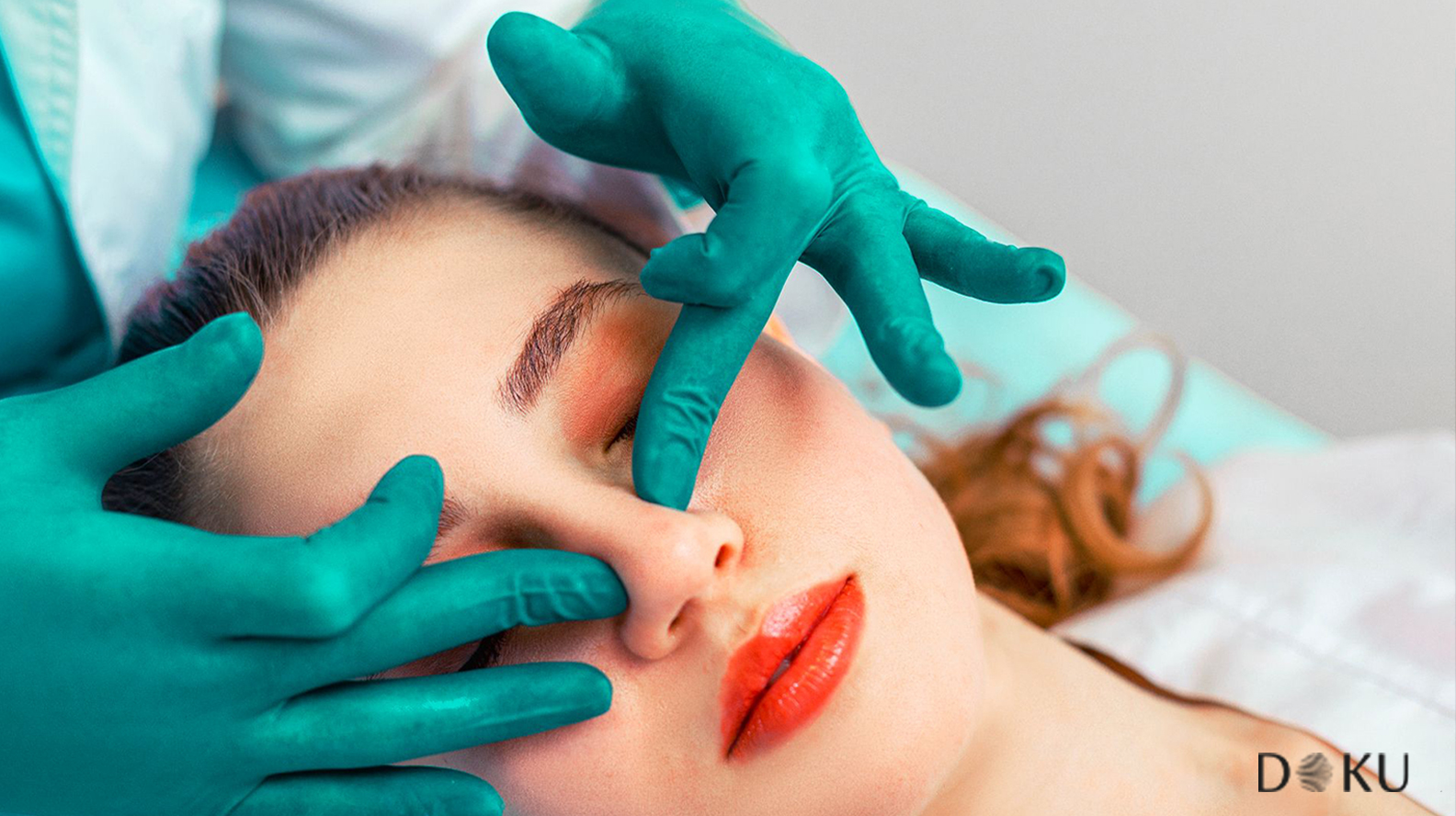Revision (Secondary) Rhinoplasty

What is Revision (Secondary) Rhinoplasty?
Revision Rhinoplasty, also known as secondary nose surgery, is a procedure performed on patients who have previously undergone rhinoplasty but are not satisfied with the aesthetic or functional results of their first surgery.
The goal of revision rhinoplasty is to correct the deformities caused by the initial revision rhinoplasty and ensure patient satisfaction.
It may sound cliché, but in life not everything turns out as planned. Sometimes the outcome does not align with the expectations we had at the start. This can happen in any situation.
A movie may not meet our expectations, a dish may not taste as good as it looks, or a book may turn out to be dull. Just as these disappointments occur in daily life, they may also happen with major decisions like surgery.
Perhaps you believed you did all the research,
Perhaps you thought you had chosen the best surgeon,
Perhaps you followed all the necessary instructions—
But the result was still not what you hoped for. It happens.
Rhinoplasty, or revision rhinoplasty, may not always go as planned. Even if the surgery itself went well, the final result after a year may not match your expectations.
In the past, people might have accepted it as fate. Today, with medical advancements, there is no need to settle for unsatisfactory results.
How is Revision (Secondary) Rhinoplasty performed?
There is no single answer, as each patient’s needs are unique.
Some patients require only minor corrections, while others may need a more complex intervention due to collapse or deformities in the nose. For this reason, there is no standard technique applied to every patient.
Why?
Thanks to modern medical technologies!
You may be thinking: “Who would want to undergo surgery again?” The truth is yes, you’ll undergo surgery again, but no, it won’t be a nightmare.
Rhinoplasty doesn’t always achieve the desired results, but today’s medical advancements provide a second chance.
Secondary rhinoplasty, also called revision rhinoplasty, is a practical, comfortable, and effective procedure that allows patients to achieve the nose they truly desire, instead of settling for unsatisfactory results.
What are the benefits of Revision (Secondary) Rhinoplasty?
Revision rhinoplasty can correct many issues: – Adjust the nasal bridge – Improve symmetry of nostrils – Reshape deformities caused by the first surgery
The exact scope depends on the patient’s requests and needs.
Who is a candidate for Revision (Secondary) Rhinoplasty?
Anyone who has previously undergone rhinoplasty but is dissatisfied with the results—whether aesthetically or functionally—can undergo secondary rhinoplasty.
Who is not a candidate?
Patients who had their first rhinoplasty less than one year ago are not suitable candidates, as the healing process must be complete.
Post-operative care
– Protect the nose from trauma during the first week – Attend follow-up check-ups – Sleep with the head elevated to minimize swelling
Advantages
Being in the center of the face, the nose greatly affects facial expression. Revision rhinoplasty helps correct deformities, improving both function and aesthetics.
Before and After
Before-and-after photos are very useful for understanding outcomes. Patients researching surgeons should always review previous results.
When is the right time?
Since the nose takes about one year to fully settle after primary rhinoplasty, revision should not be performed earlier than one year after the first surgery.
Techniques
Revision rhinoplasty can be performed using open or closed techniques. Modern methods such as let-down, preservation rhinoplasty, or piezo surgery may also be used.
Preparation
– Stop blood thinners and herbal teas – Avoid smoking and alcohol at least 10 days prior – Preparation is similar to primary rhinoplasty
Is it dangerous?
When performed by an experienced surgeon, revision rhinoplasty is safe. It carries only the basic risks associated with any surgery.
Will there be scars?
– Closed technique: no visible scars – Open technique: a small scar under the nose, which fades over time and becomes barely noticeable
Recovery
Recovery time varies depending on the extent of the surgery. Minor corrections may heal quickly, while more complex procedures require longer healing. Swelling and bruising are expected but temporary.
Disadvantages
Revision rhinoplasty is more complex than primary rhinoplasty, as it involves previously operated tissues. It requires greater expertise and precision.
Treatment Summary
– Performed under general anesthesia in a fully equipped hospital – Same-day discharge or 1-night stay – Regular follow-ups during the first week – Use of splints and sometimes tampons – Can be combined with other minor procedures like fat grafting
Patient Reviews
Patients often admit they were hesitant after a disappointing first surgery but report satisfaction after revision rhinoplasty. They highlight improved breathing, aesthetics, and faster recovery than expected.
Cost of Revision Rhinoplasty 2025
Revision rhinoplasty is usually more expensive than primary surgery due to its complexity. Costs depend on: – Hospital quality – Surgeon’s experience – Extent of the procedure
For details on Revision Rhinoplasty Prices 2025, please contact us.
